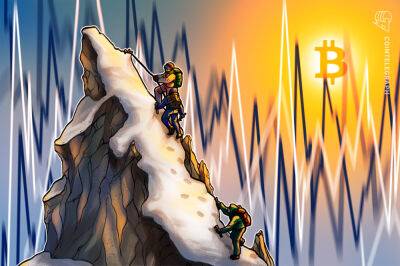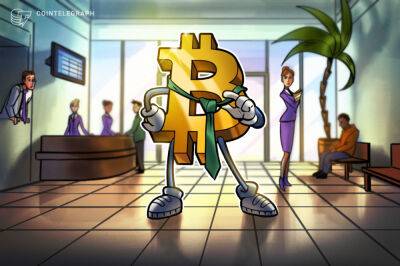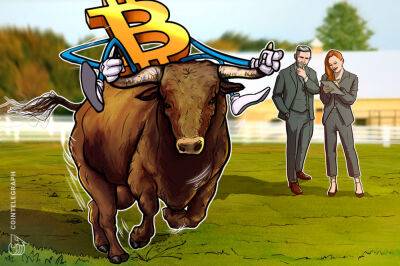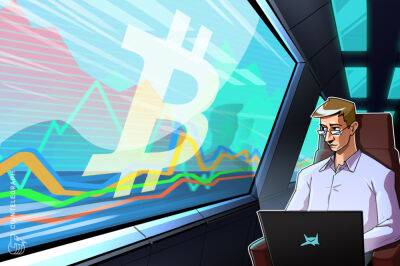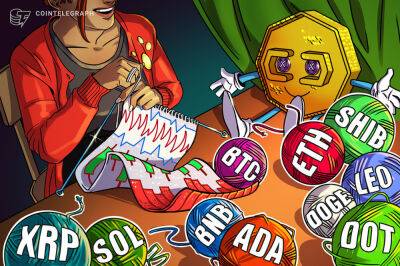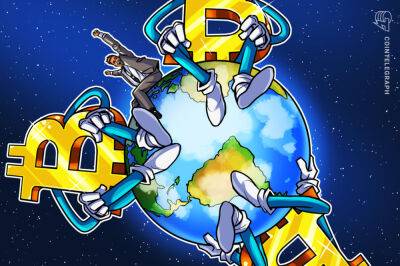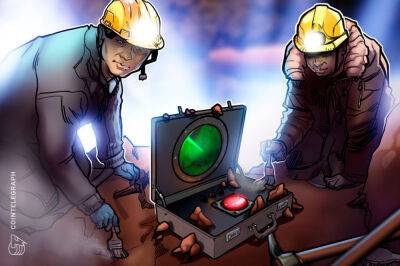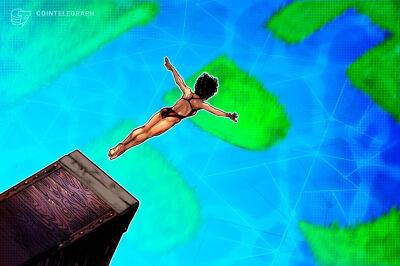Web5 vs. Web3: The future is a process, not a destination
On June 10, many were surprised by the news that TBD, a subsidiary of Block, Twitter’s co-founder Jack Dorsey, announced the launch of the Web5 platform. Web 1, 2, 3 and now Web 5? But where is Web 4? Those who don’t care about number sequences can just downloaded Web 7.
But first, so that no one gets behind in understanding this article, let’s quickly talk about the stages of Web evolution. If you already know the subject, you can skip to the next topic.
In the beginning, there was what we now call Web1, at that time simply known as the web. At this stage, the first websites, portals and online services were developed, and users could only read the information, without the chance of direct interaction. As no interaction was possible between users. Those who accessed the web just consumed the content made available in a web of one-way communication and, for this reason, Web1 was also called “Static Web.”
With the evolution of Web support technologies, Web2 gradually arrived with the emergence and proliferation of social networks and all the applications such as blogs, forums and podcasts that made new forms of participative communication possible.
In fact, due to the development of these new tools, users began to communicate with each other and share their own content. In this step, the user who was once just a passive actor, became the holder of the creation and management of online content, building new processes and interactions, which is why Web 2 has been dubbed the "Collaborative Web."
Just like the other stages of the web, it is difficult to pinpoint when Web3 was born. This is because Web development is a process and, as such, has no set start date. But, many argue that the idea of Web3 emerged around 2006, although
Read more on cointelegraph.com

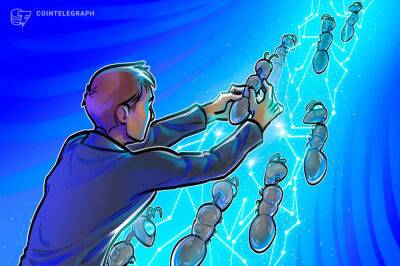
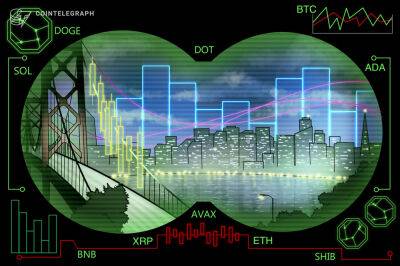
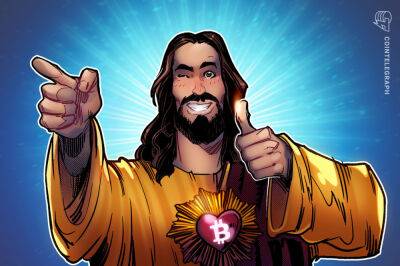
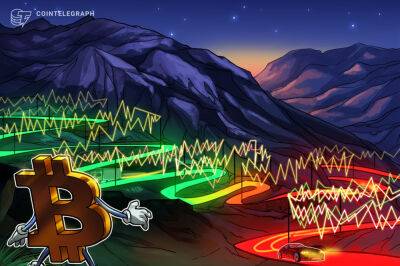

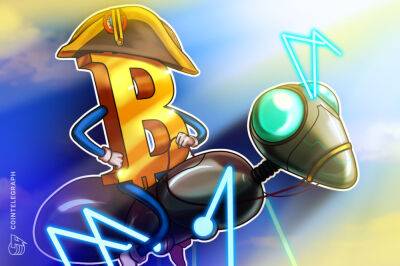
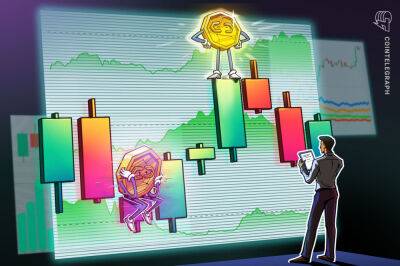

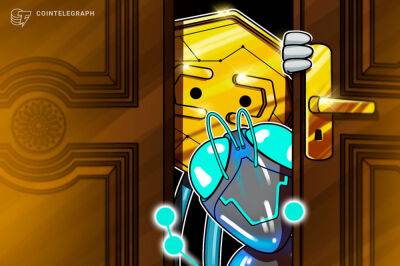
![Bitcoin [BTC]’s hashrate and what its fall means for miners and their shutdown price](https://finance-news.co/storage/thumbs_400/img/2022/7/7/32590_5l6o.jpg)
